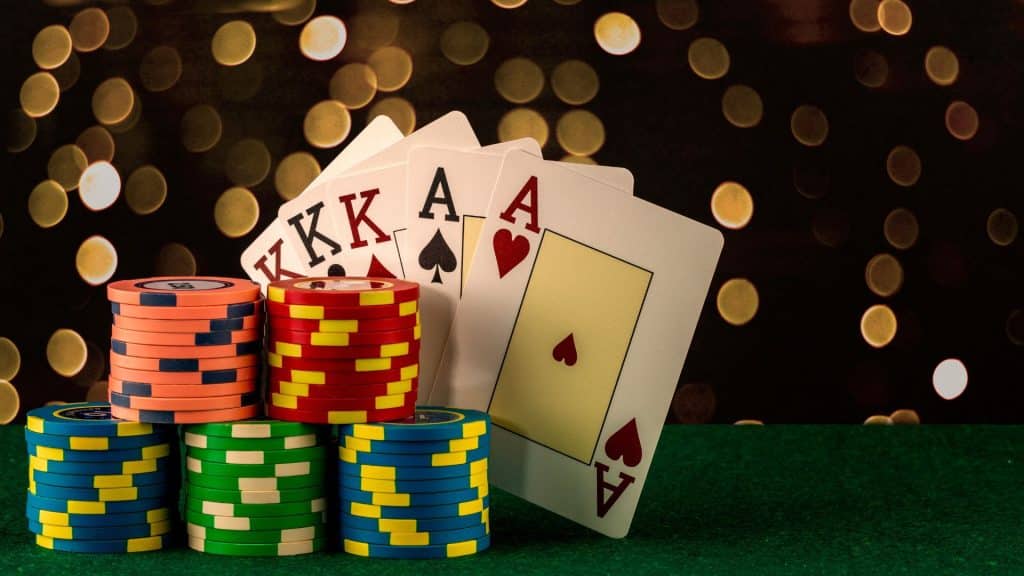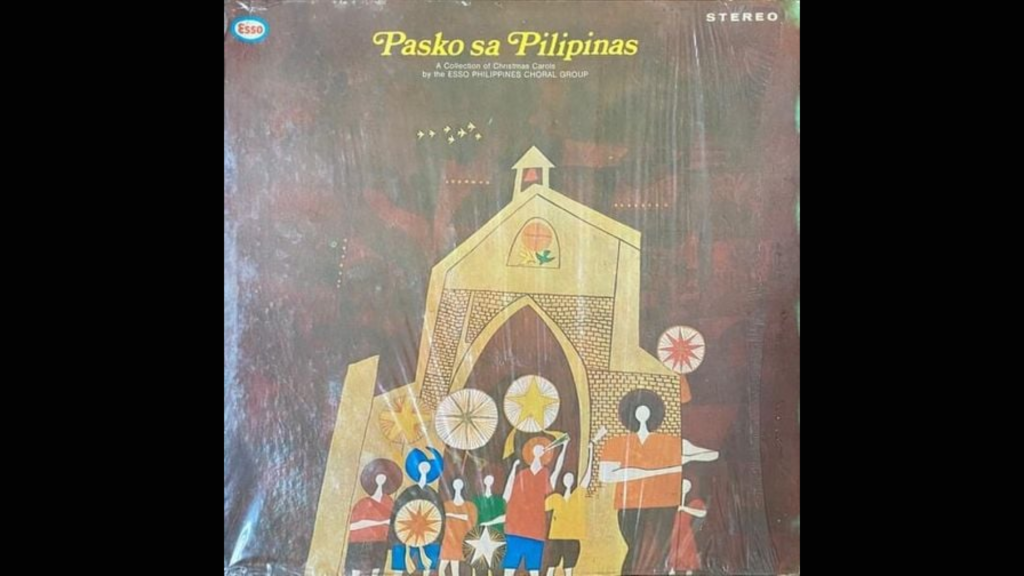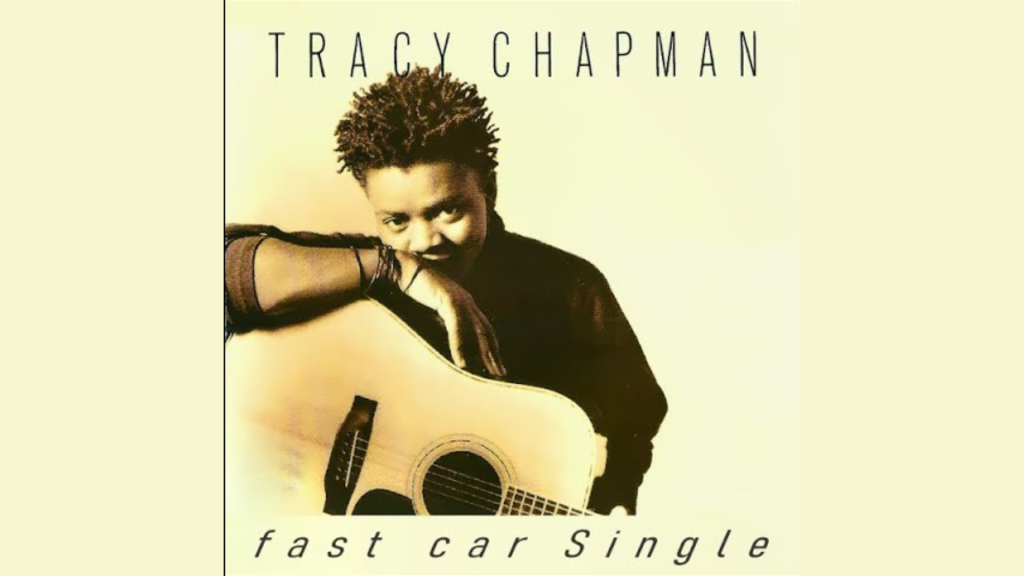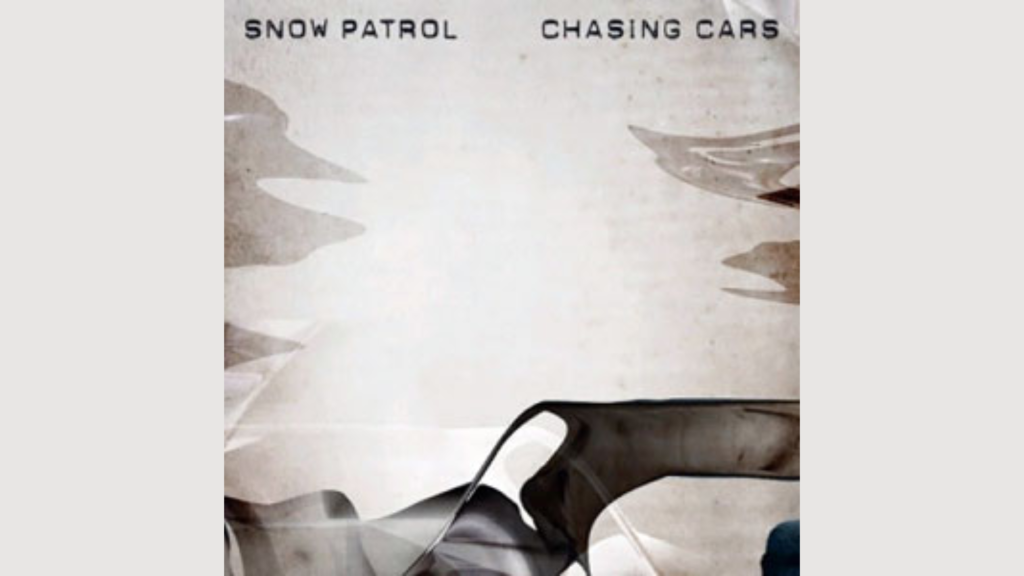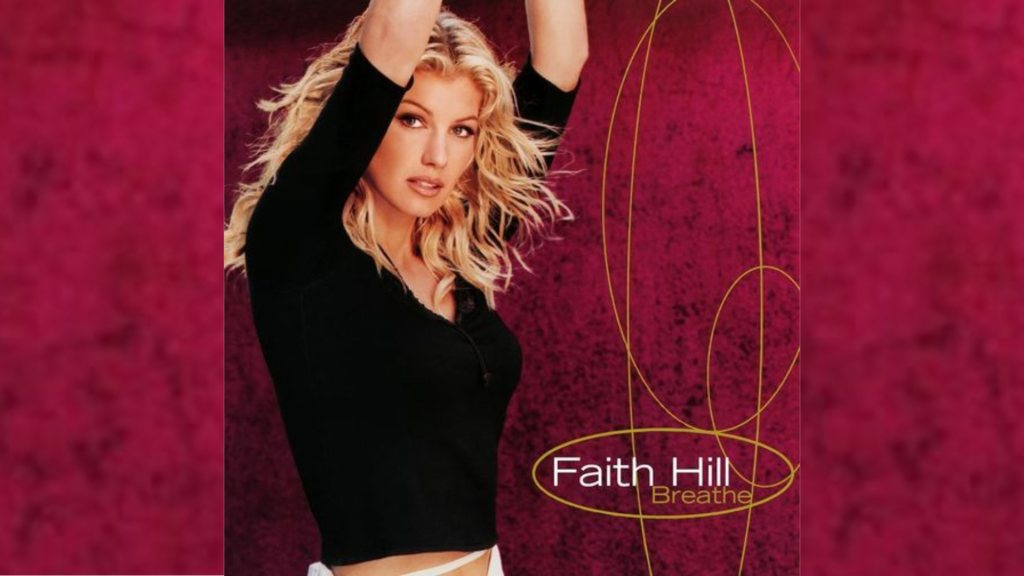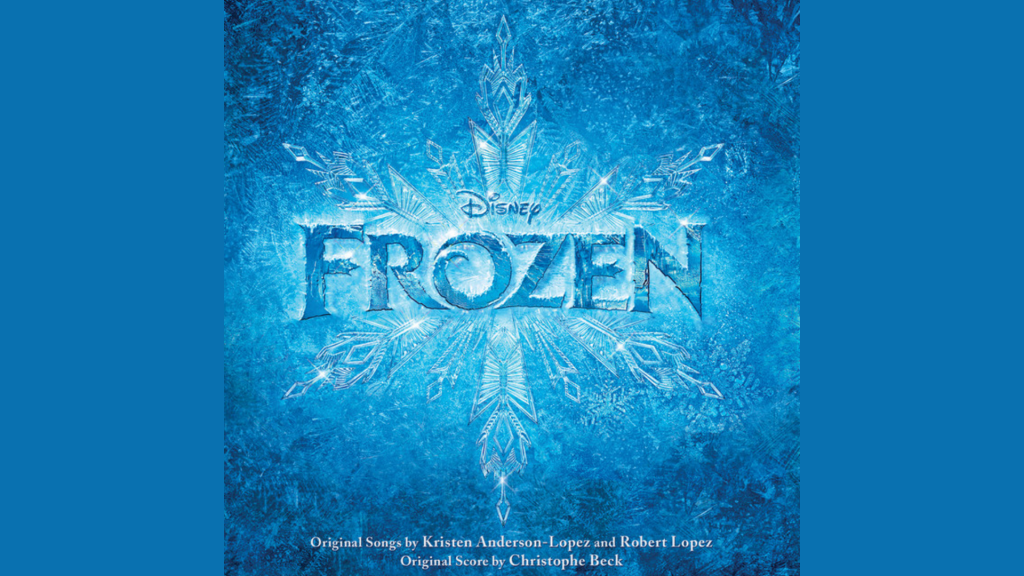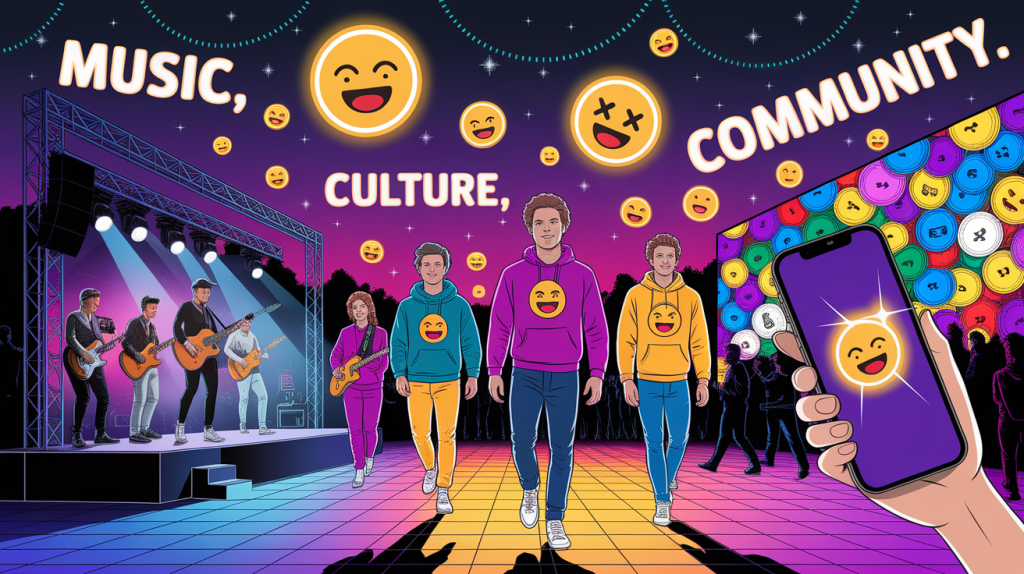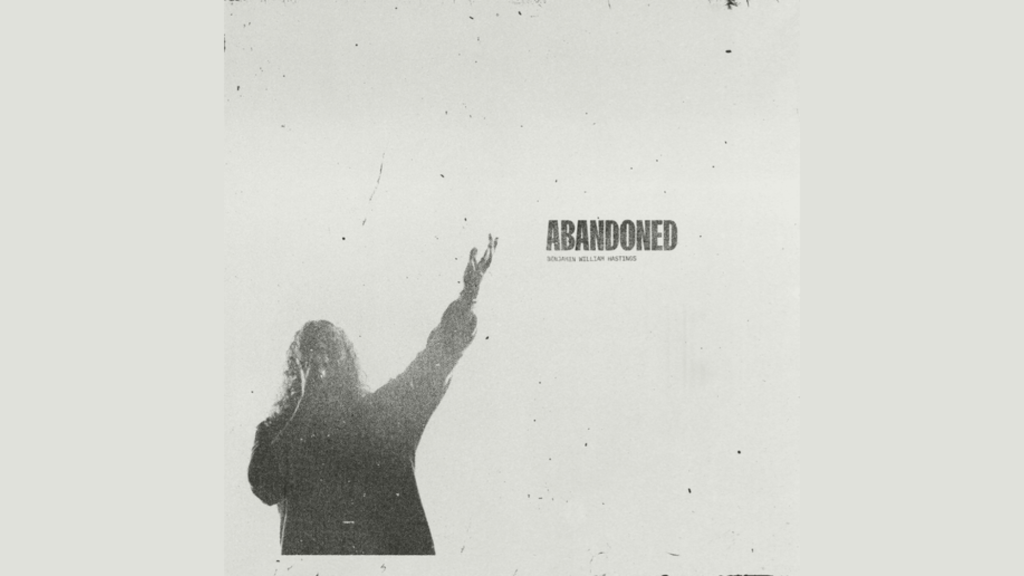Those intimidating mountains of money suspiciously stacked around the final table are a carefully choreographed illusion. Stop falling for them. That immense wealth is mostly a hollow shell. Sure, the glint of Benjamins in high-def feeds the fantasy. But in reality, casinos and producers won’t risk theft or loss. This romanticized cash display sells viewers the poker dream.
The Art of Building Suspense: TV’s Poker Endgame
Poker tournaments accelerate into raw nerve territory as television isolates the spotlight on the final table in a poker tournament. The carefully arranged fake cash stacks, extravagant prop setups, and tactically positioned cameras amplify each moment.
Then there’s the strategic casting. Poker neophytes battling seasoned champions like Daniel Negreanu in the Million Dollar Challenge create irresistible tension. Television production shapes poker finals into gripping spectacles of suspense.
The editing suite plays just as big a role as the table. Long pauses are elongated, reactions are exaggerated, and key hands are built into climax sequences with musical build-up. Even a minor hand gets framed as Shakespearean tragedy with enough cinematic magic.
Poker Commentary: The Intellectualized Gossip Column
The expert commentary layered over every button click and smooth chip-toss is what packs the biggest punch in turning a glorified card game into a crystallized moment of melodrama. A chorus of professional tongues with sharp, critical, and ruthlessly analytical voices dissects every microscopic player error and tells us exactly how each gambler is privately unraveling. Cue the smug judgment of mistakes, foreshadowed outcomes, and micromanaged dissections of player nerves. This breakdown humanizes players’ anxieties and uncertainties and pulls audiences intimately close to poker’s private psychological torment.
The commentary becomes part psychologist, part executioner. Viewers are invited to judge players for a moment of hesitation or overconfidence, converting strategy into character drama. The language is often surgical in its tone—terms like “range error,” “mistimed aggression,” or “bad river fold” become character indictments.
Forget Skill. It’s the Camera Angles, Stupid.

Television smokes out suspense purely through production physics. Show me a poker match and I’ll show you camera crews hiding behind that velvet curtain. Close-ups spy every nervous swallow and brow twitch, and slow-motion exaggerations inflate mundane gestures into high drama. Cue cheesy cinematic sound effects with heavy bass drops and metallic clangs during tense staredowns or excruciating bets. Poker’s skill narrative conveniently evaporates the moment producers deploy hyper-stylized visual storytelling.
Some poker shows even use motion graphics to draw attention to chips, eyes, and cards in play. These design elements mimic video game aesthetics, making poker more digestible to casual audiences while replacing real tension with forced spectacle.
Real-Time Poker Analytics: AI Invasion of Human Fallibility
Let’s talk bluntly about the real-time digital overlays teeming across TV screens. There are enough metrics to satisfy the tech-hungry voyeurs who trust numbers over intuition with odds calculators, equity percentages, and win probabilities. These sophisticated systems reinforce the narrative of uncertainty. Producers may confidently display an apparent favorite and then relish in showing that percentage topple when cards flip. Poker analytics don’t remove tension. They mischievously weaponize it and remind viewers how frail players’ human instincts remain against merciless mathematical forecasts.
What appears scientific is often used for dramatic irony. The overlay tells us a player has a 95% chance—then BAM, river magic. Viewers gasp. It’s engineered emotional whiplash dressed in data.
Exploiting Poker’s Emotional Insanity for Ratings Gold
High-stakes poker continually dangles financial dread in players’ faces and amplifies emotional terrors that editors gleefully exploit. Professionals frequently acknowledge emotional cracking points amid financial and mental pressure. Producers rush to capture these precision-engineered breakdowns. They edit montages of collapsing egos, teary breakdowns, and fury-filled scenes. It humanizes the contestants. However, the voyeurism conveniently squeezes every ounce of melodrama for rating spikes.
These breakdowns are not accidents—they’re outcomes of high-pressure design. No sleep, seven-figure paydays, and a global audience create the perfect storm. All of it framed, captured, and looped for maximum viral traction.
The Fraudulent Appeal of Amateur Against Legend
Reality TV’s stale formula persuasively infiltrates poker showdowns. How predictable. Casting vim-filled amateurs like those featured in The Million Dollar Challenge against professional titans constructs a tidy microcosm of ambition vs. expertise. These match-ups transmute predictable poker clashes into broader symbolic duels and exploit emotional investment that transforms mundane showdowns into illusions of David-grappling-Goliath-like suspense.
This formula tugs on classic narratives—everyman vs. master, hope vs. experience. It’s less about cards and more about giving the audience a hero to root for. Whether or not that hero knows pot odds is beside the point.
Conclusion: The Bluff Behind the Broadcast
Television’s poker fixation is a fabricated assemblage of illusions, precise manipulations, and tactical exploitation of players’ emotional torment. Poker skills and legitimate substance are outshone by meticulous stage management, artificial suspense, and community voyeurism. Audience appetite transformed card flips into visceral psychodrama with skillfully orchestrated manipulation for ratings-driven nightmares.
But viewers would do well to remember: what they’re watching isn’t poker—it’s poker-as-theatre. From commentary designed for gossip to visuals crafted for dramatics, the broadcast version of poker is shaped less by cards and more by camera cues and editorial agendas.
In the end, it’s not about who played the best hand. It’s about who cried, who cracked, who clashed, and who could anchor a clickbait headline. Poker on TV is no longer a sport—it’s emotional cinema dressed as competition. The cards are real, but the drama is always scripted for the screen.


